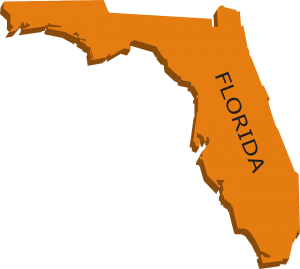By NewsDesk @infectiousdiseasenews
The Florida Department of Health reported five additional Vibrio vulnificus cases this week in Brevard, Charlotte, Franklin, Polk and Volusia counties.

This brings the cumulative total through October 1 to 29 cases– Brevard, Charlotte, Clay, Duval, Escambia (3), Franklin, Hernando, Hillsborough (2), Lee (4), Leon, Manatee (2), Orange, Palm Beach, Polk (3), Santa Rosa (2), Seminole, Taylor and Volusia (2).
The death toll due to V. vulnificus infections stands at eight- Manatee (2), Duval, Escambia, Lee, Leon, Orange and Polk counties.
In 2020, Florida reported 36 cases and 7 deaths.
Vibrio vulnificus can cause disease in those who eat contaminated seafood or have an open wound that is exposed to warm seawater containing the bacteria. Ingestion of Vibrio vulnificus can cause vomiting, diarrhea and abdominal pain. Vibrio vulnificus can also cause an infection of the skin when open wounds are exposed to warm seawater; these infections may lead to skin breakdown and ulcers.
Healthy individuals typically develop a mild disease; however, Vibrio vulnificus infections can be a serious concern for people who have weakened immune systems, particularly those with chronic liver disease.
The bacterium can invade the bloodstream, causing a severe and life-threatening illness with symptoms like fever, chills, decreased blood pressure (septic shock) and blistering skin lesions. Vibrio vulnificus bloodstream infections are fatal about 50 percent of the time. A recent study showed that people with these pre-existing medical conditions were 80 times more likely to develop Vibrio vulnificus bloodstream infections than healthy people.
- California: Measles case investigated in Calaveras County child
- Vietnam reports nearly 50K dengue fever cases, MOH requires both to ensure prevention of COVID-19 and treatment of dengue fever
- Nigeria cholera outbreak tops 80K, New cases decreasing
- Philippines: Alert Levels System in Metro Manila extended to Oct. 15
- Norway: Salmonella outbreak linked to snakes
- Finland: Mask use recommendation is to use it at your discretion
- Norovirus responsible for illness at Rochester Institute of Technology’s Henrietta campus

